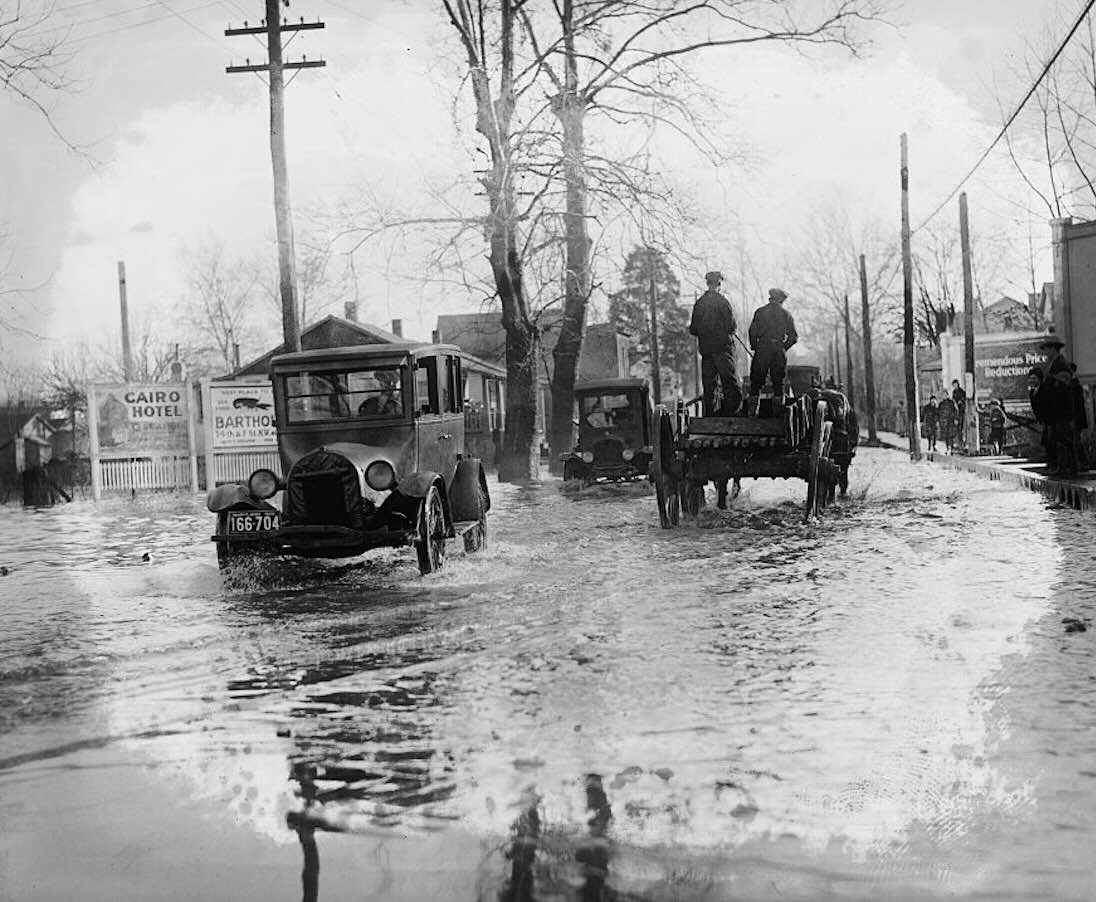
When European settlers first arrived in the area that is now Bladensburg in colonial times, the Anacostia River was deep enough that ocean-bound ships could dock there.
Over time, those ships changed the nature of the river, however.
Bladensburg’s status as a port city helped make tobacco a lucrative crop in the surrounding area, but poor farming practices led to more and more silt washing downstream, eventually making navigation almost impossible.
In his memoirs, U.S. Attorney General William Wirt, who grew up in Bladensburg, recalled watching a neighbor go fishing during a freshet, or flood, as a young man in the 1780s.
“One of the most surprising and interesting spectacles to me, in those days, was this old man wading up to his waist, during a freshet, and harpooning the sturgeon. It was a whale fishery in miniature,” he wrote.
In 1835, the last large ship left Bladensburg and the river was permanently closed to commercial shipping, and the flooding got even worse, with notable floods in 1933, 1942, and 1954 that covered roads in as much as eight feet of water.
In the mid 1950s, state and federal officials began working on the $11.4 million Anacostia River Flood Control and Navigation Project and navigation project, building levees on both sides of the river and dredging it to a depth of six feet. The project’s completion was celebrated with the opening of the “Prince George’s Marina,” now known as Bladensburg Waterfront Park, where a historical marker lies giving an overview of the flooding from 1741-1954.
In the photo above, taken around 1926, you can also see an advertisement for the Cairo Hotel in D.C., which was built in 1894 in Dupont Circle as “Washington’s first skyscraper.” The construction of the hotel was so unpopular that it led to the passage of a 1910 law restricting the height of D.C. buildings. The Cairo remains the tallest private building in D.C.
The advertisement next to the Cairo Hotel was for the Bartholdi Restaurant on F St. NW, which was located at the center of D.C. at the time.
Support the Wire and Community Journalism
Make a one-time donation or become a regular supporter here.












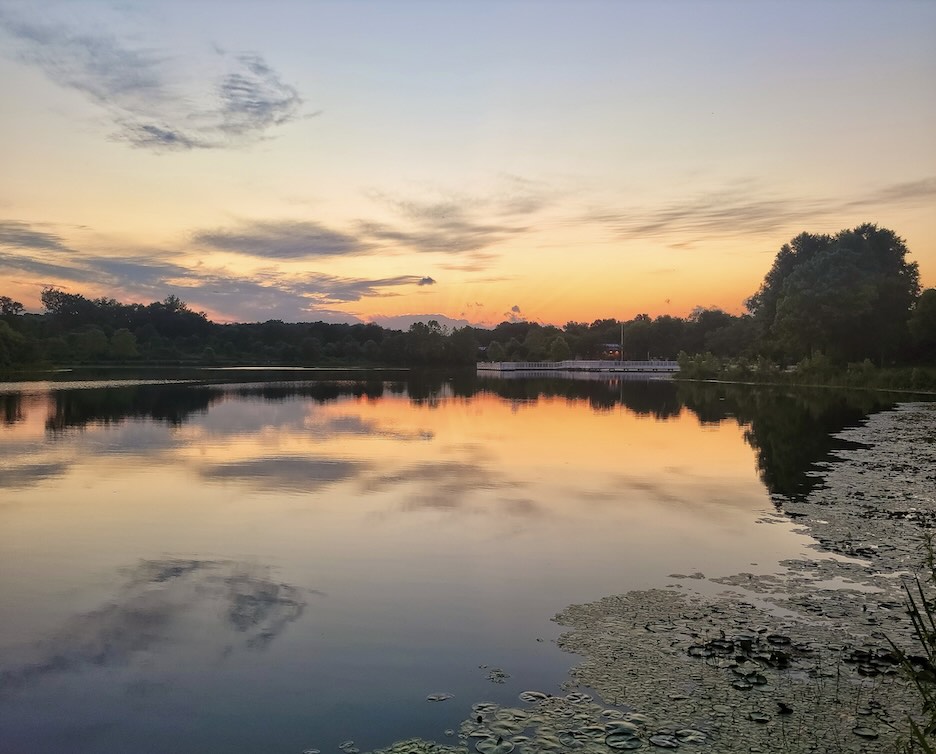
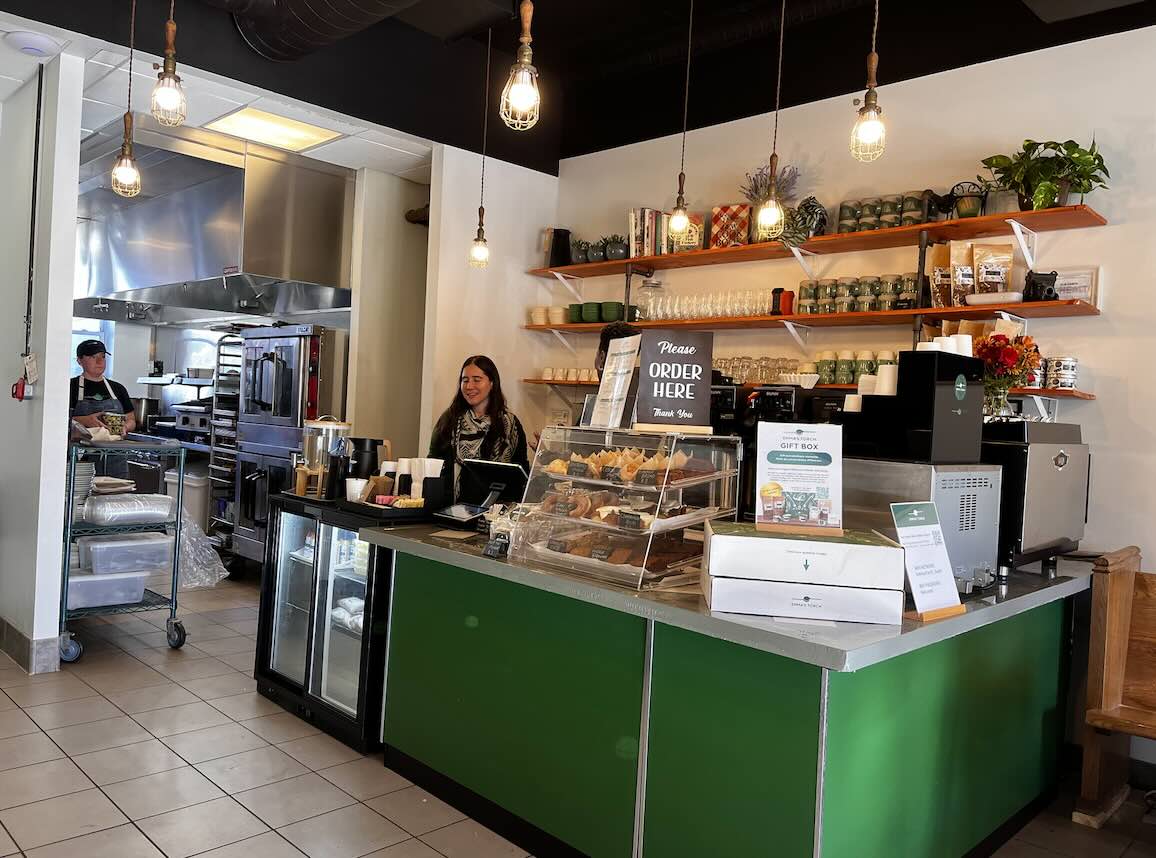
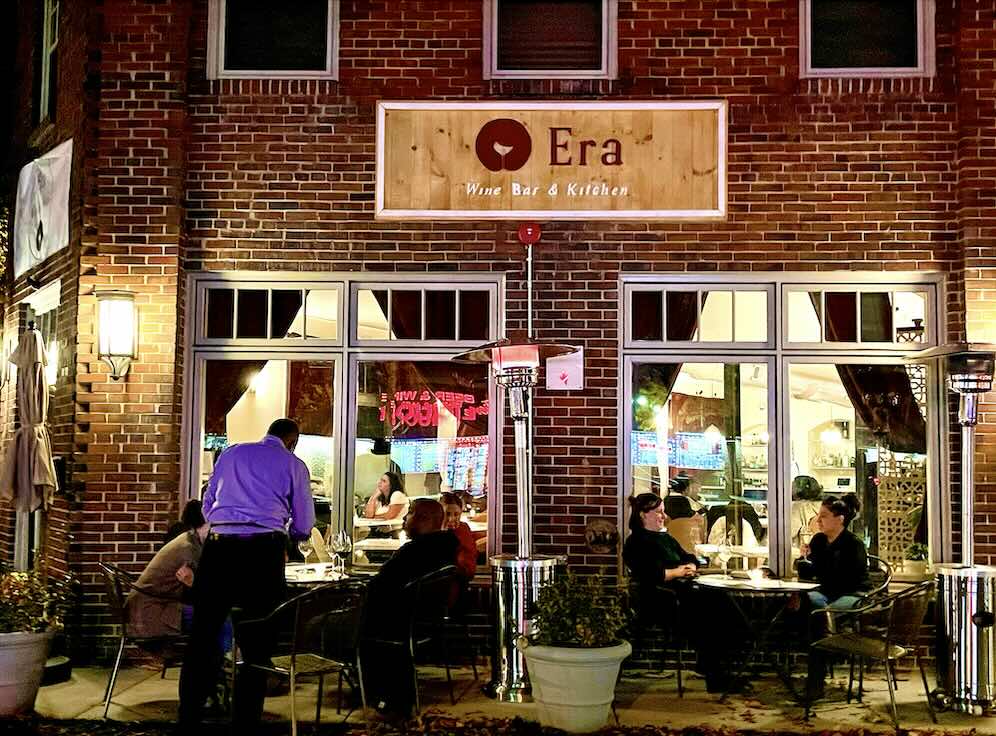



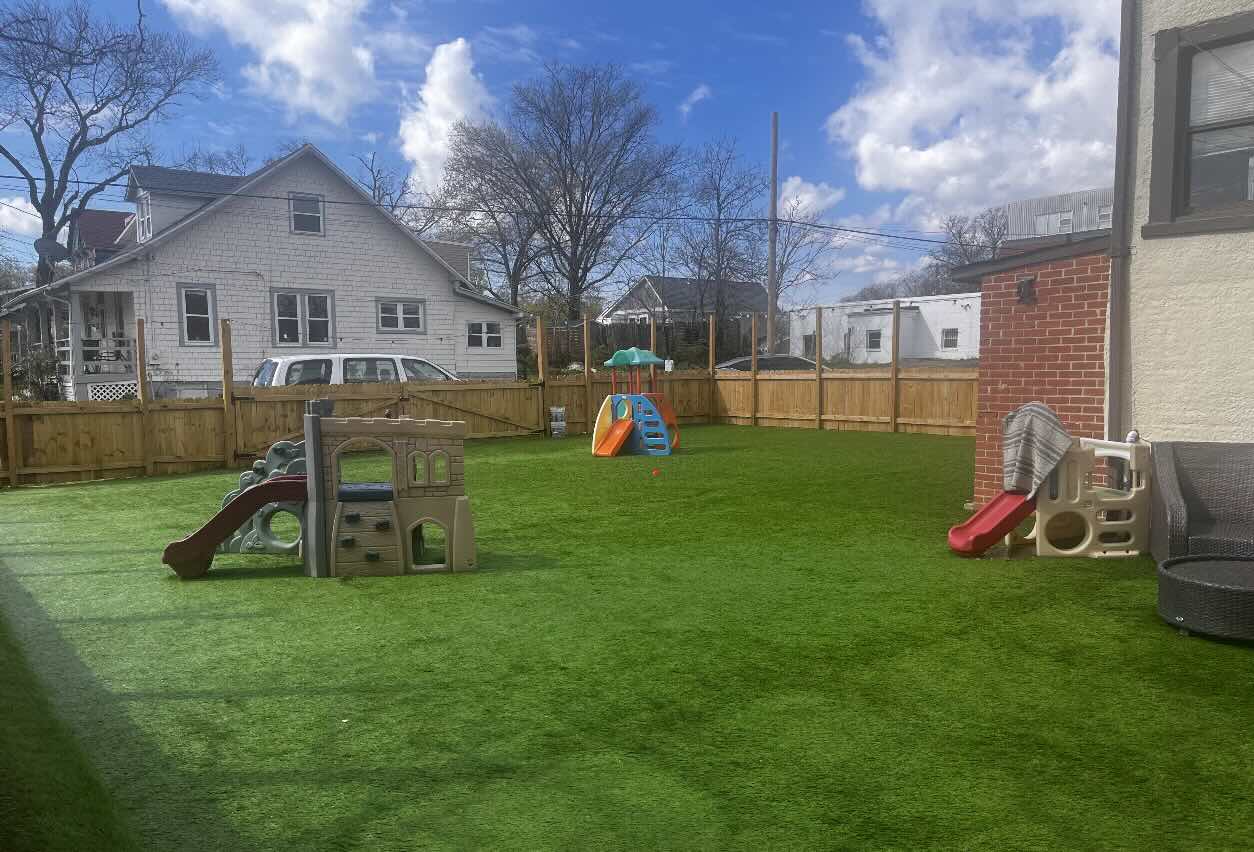
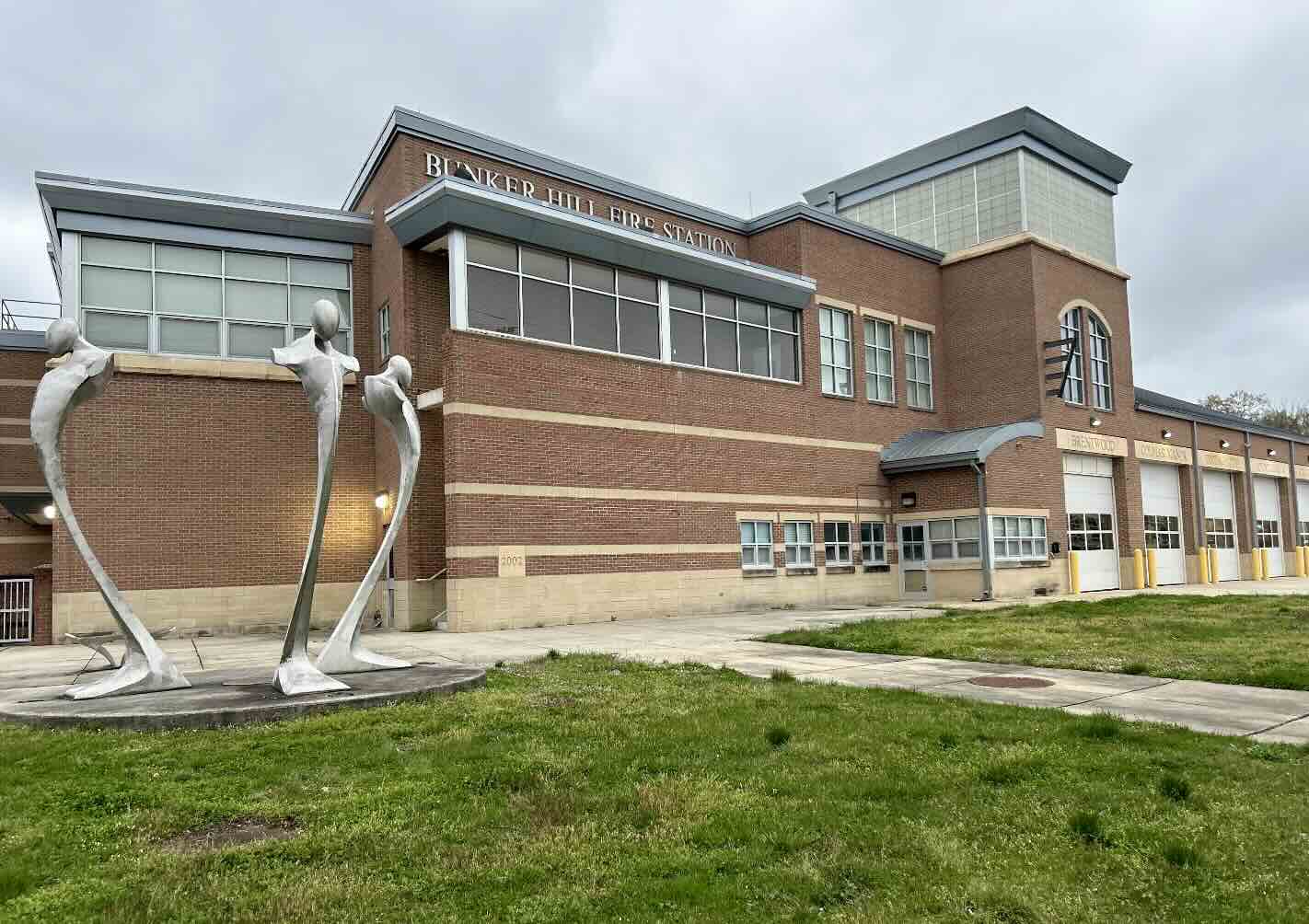
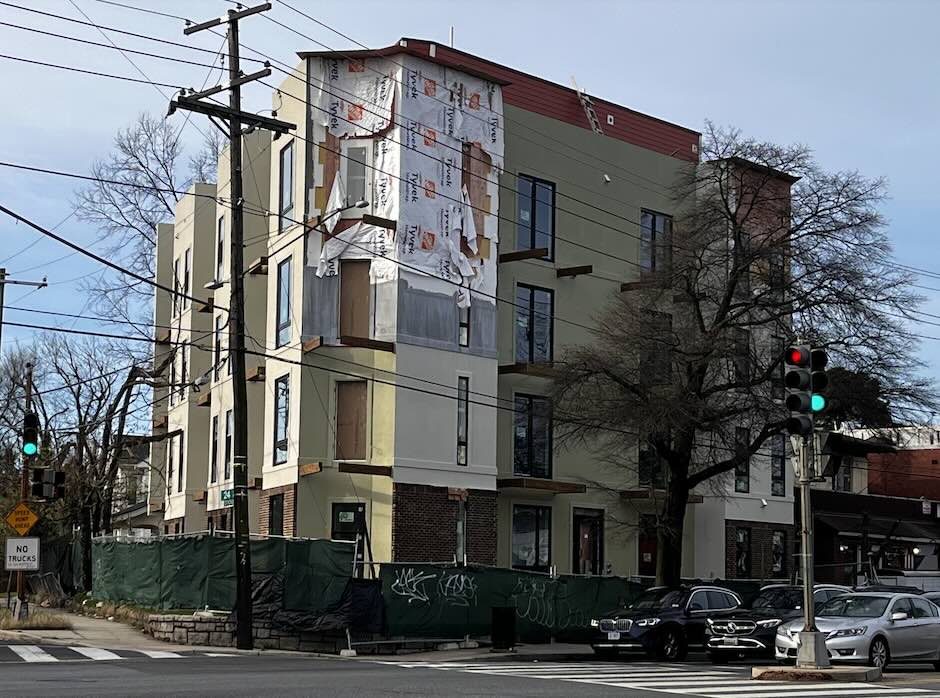



1 Response to How Bladensburg Created — and Solved — Its Flooding Problem